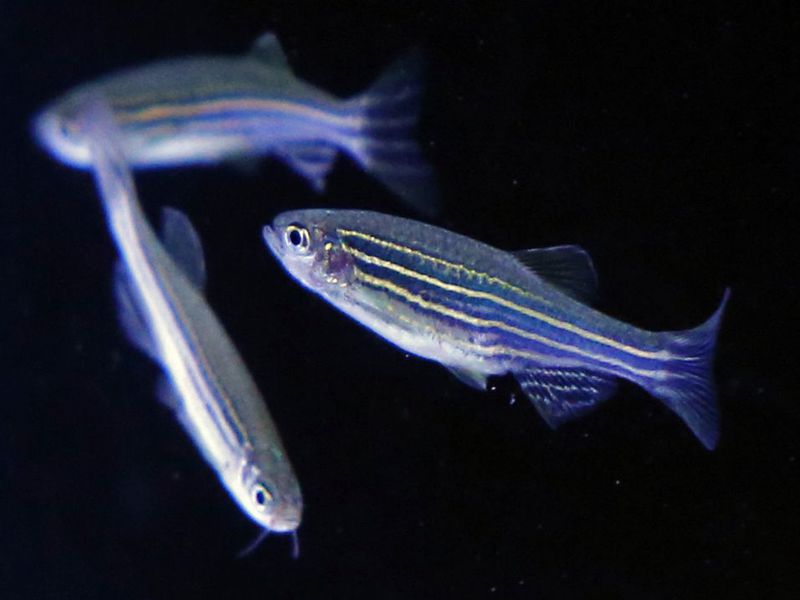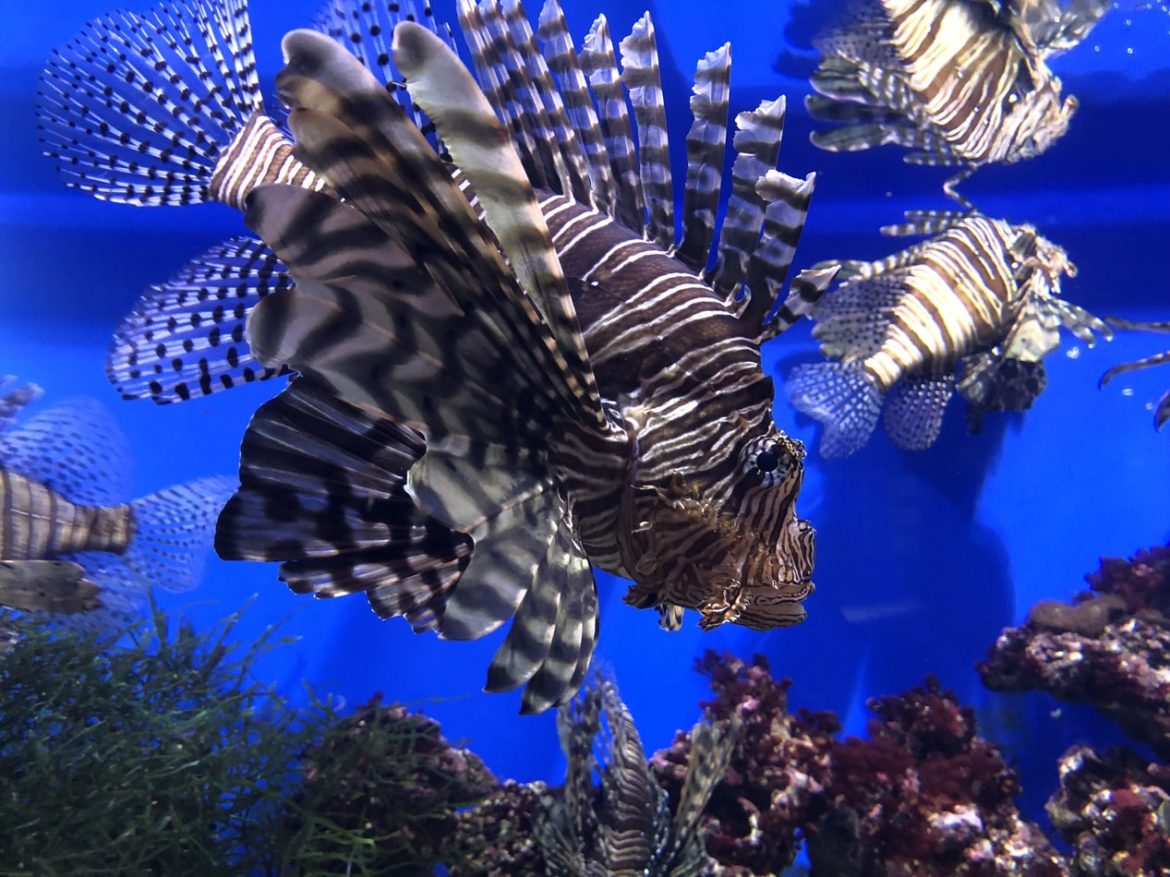Researchers find a mutation that offers clues to the ancient sea-to-land transition of vertebrates.

The following written content by Riley Black
Limbs can be incredibly useful. Whether it’s the wing of a bat, the elongated leg of a hopping frog or our own grasping arms, limbs have been adapted to all sorts of ecosystems and functions through the course of evolutionary time.
The earliest limbs date back to over 375 million years ago. The fossil record has beautifully documented how the fleshy fins of ancient fish became more and more limb-like and allowed our amphibious ancestors to come ashore. These creatures, like us, are known as tetrapods—or “four limbs.” Now a study on a modern fish familiar to aquarium enthusiasts has provided new insight into the genetic underpinnings of this transcendent change. Boston Children’s Hospital biologist M. Brent Hawkins and colleagues published a study today in Cell that demonstrates mutations to either of two zebrafish genes can create a very limb-like fin in these fish. By using gene-editing techniques to replay the mutation in the lab, the researchers were able to pinpoint how some zebrafish grow fins that have more of a resemblance to our arms.
The earliest limbs date back to over 375 million years ago. The fossil record has beautifully documented how the fleshy fins of ancient fish became more and more limb-like and allowed our amphibious ancestors to come ashore. These creatures, like us, are known as tetrapods—or “four limbs.” Now a study on a modern fish familiar to aquarium enthusiasts has provided new insight into the genetic underpinnings of this transcendent change.
Boston Children’s Hospital biologist M. Brent Hawkins and colleagues published a study today in Cell that demonstrates mutations to either of two zebrafish genes can create a very limb-like fin in these fish. By using gene-editing techniques to replay the mutation in the lab, the researchers were able to pinpoint how some zebrafish grow fins that have more of a resemblance to our arms. Read more from Smithsonian.





